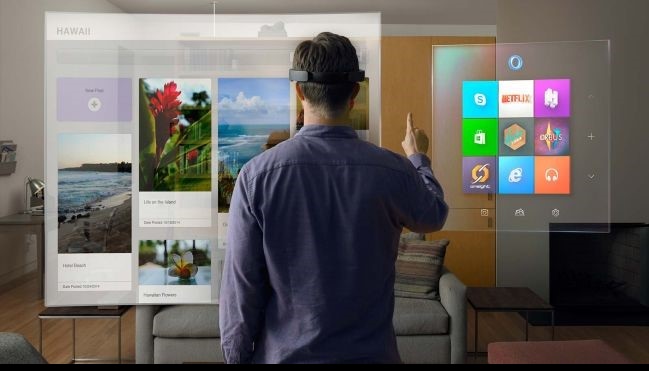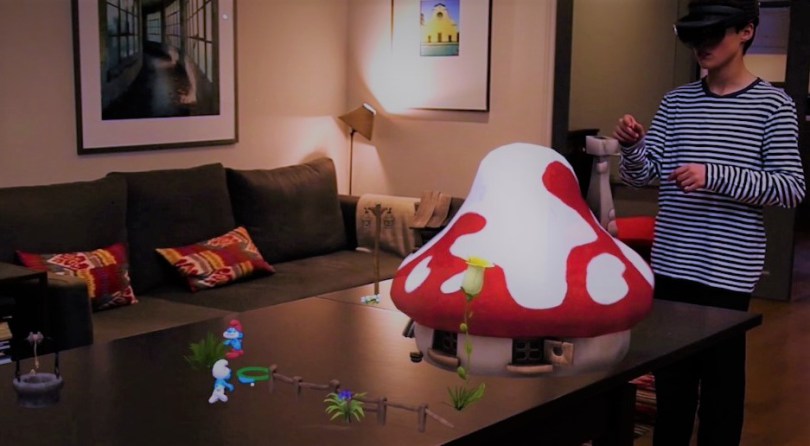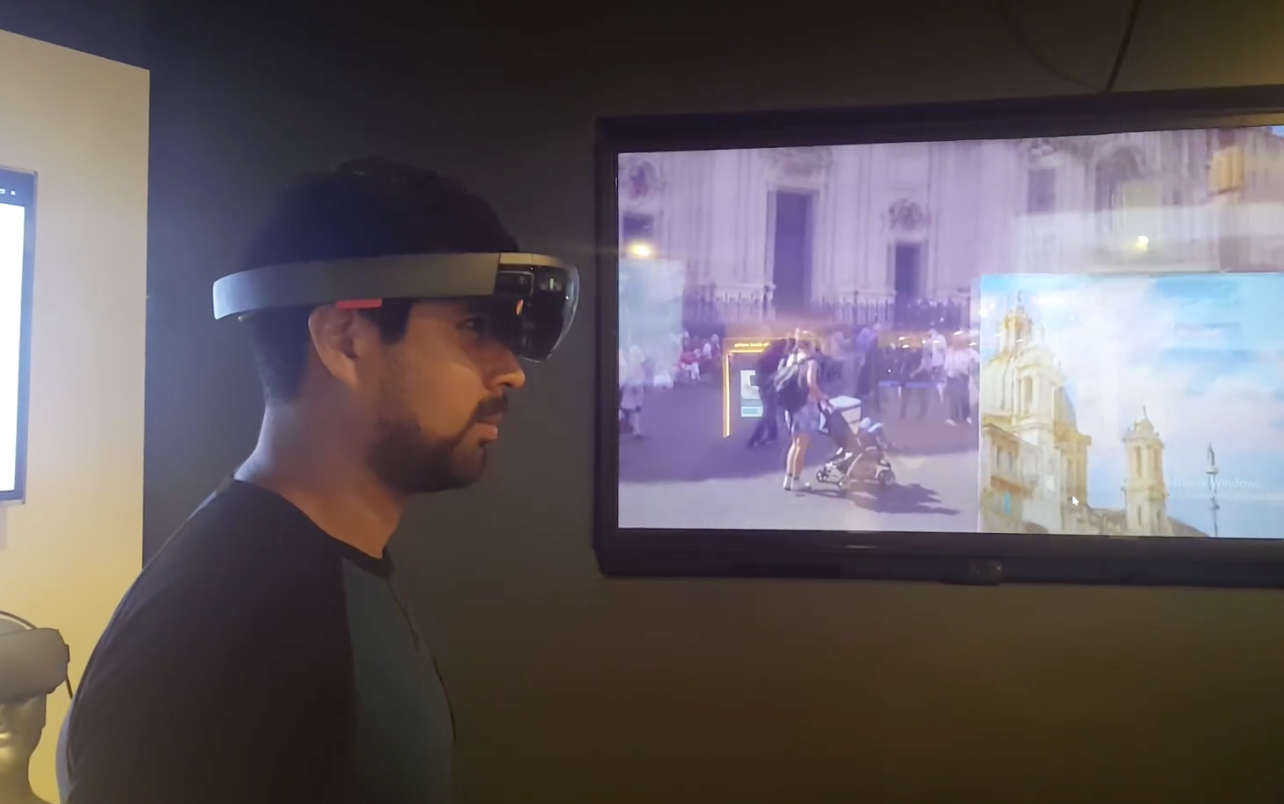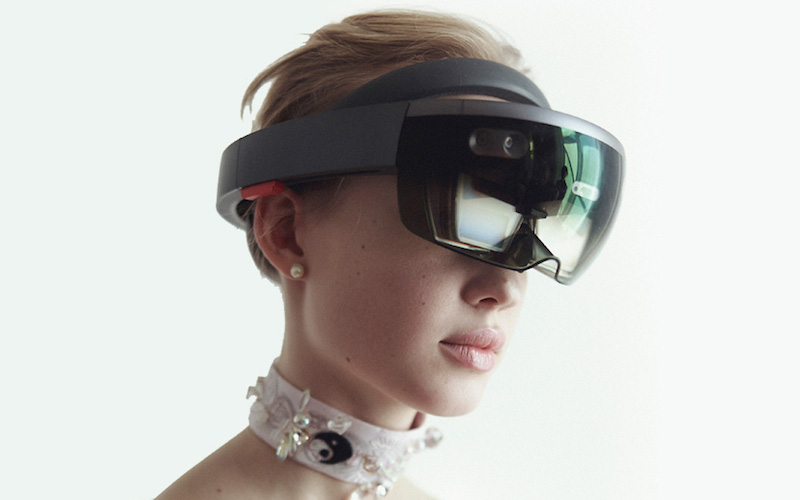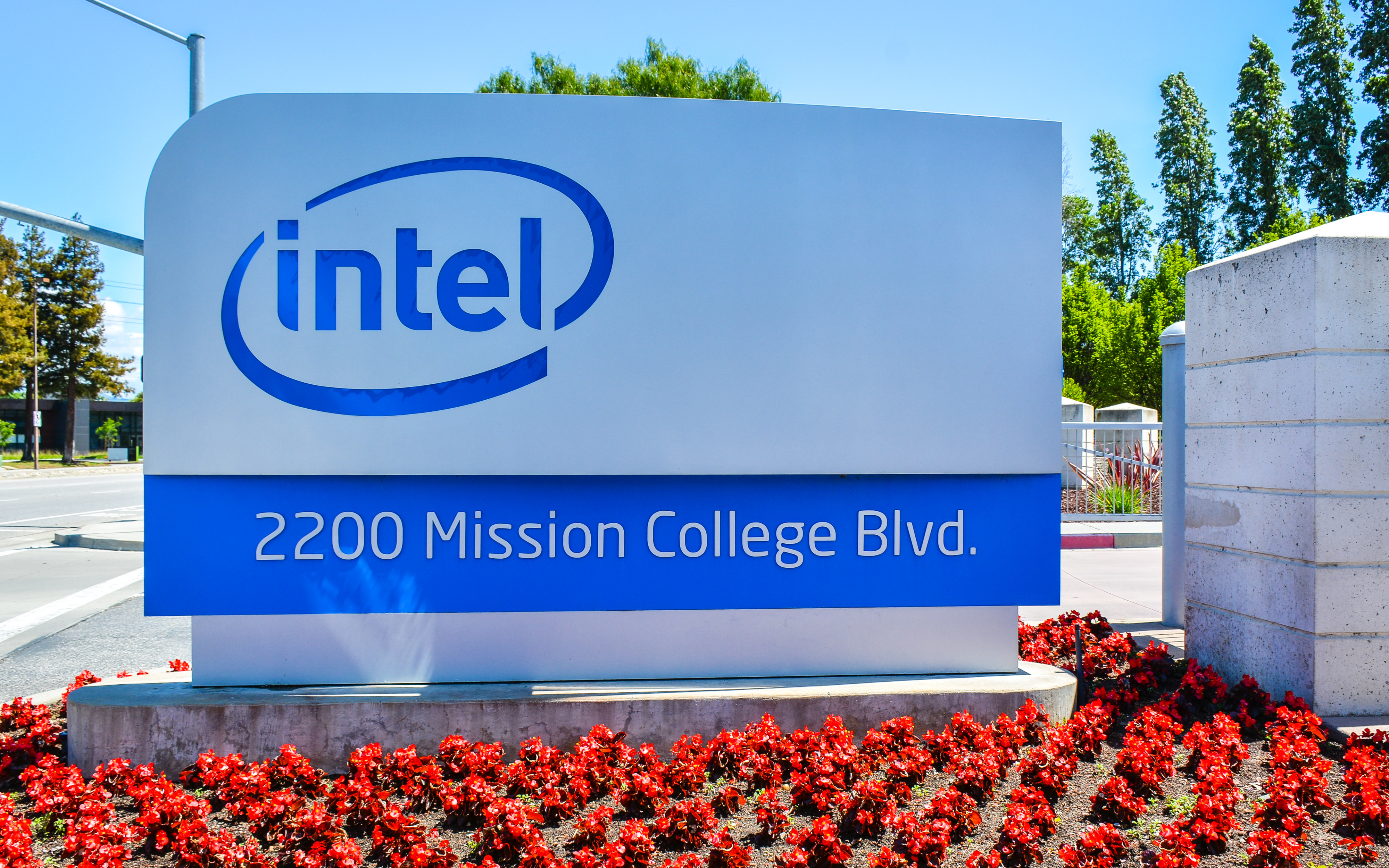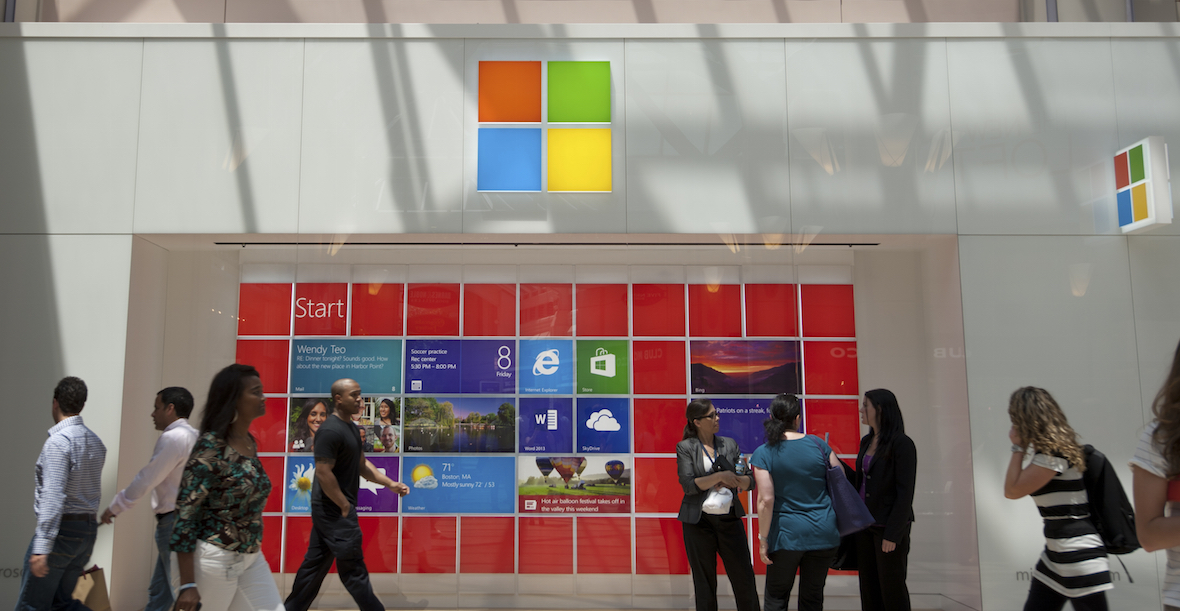What Happened
Spirits brand Rémy Martin is embracing augmented reality with the roll-out of a unique experience powered by Microsoft’s HoloLens headset. The AR experience, named “Rooted in Exception,” is designed to introduce customers to elements of its Cognac Grande Champagne and Cognac Petite Champagne vineyards in the Fine Champagne region, with a voiceover from the brand’s Cellar Master. Rémy Martin worked with AR studio Kazendi to create this AR experience, which is set to launch at a private party in Los Angeles on June 15 before rolling out to luxury retail stories and events worldwide.
What Brands Need To Do
This is the latest example of brands experimenting with augmented reality technologies as an eye-grabbing way to demo their products and craft an engaging brand narrative. While AR headsets, such as the HoloLens, are still far from mass adoption, they are already great tools for this type of experience marketing efforts. Given that all major tech companies are already starting to support mobile AR functions on their respective platforms, now is a good time for brands to formulate an AR strategy and start leveraging this reality-altering technology to supercharge your campaigns and add value to your customer experience.
Source: PressWire
Header image courtesy of Microsoft’s promotional image.
